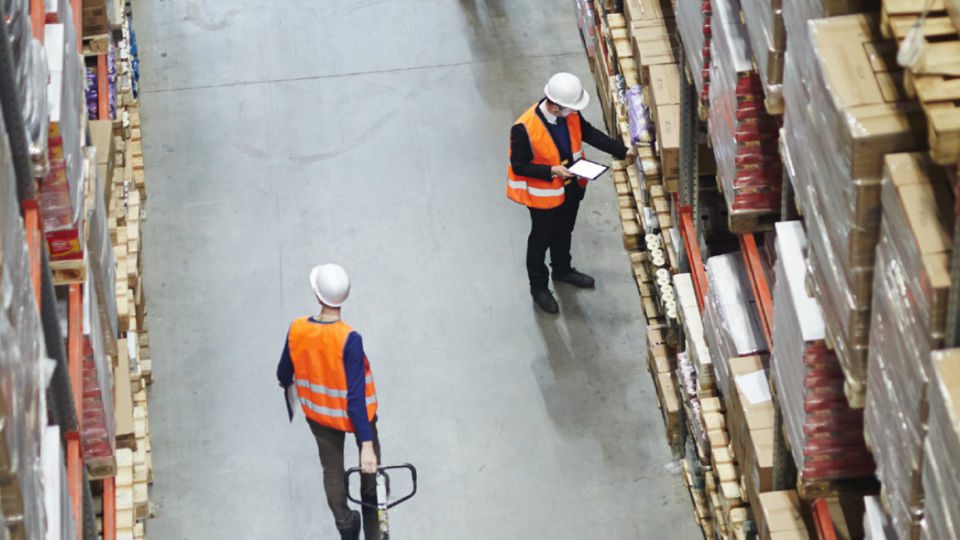 The corporate world has been forever changed by the coronavirus pandemic, leaving many to wonder what comes next. Retailers were physically shuttered during the stay-at-home period, but restrictions and requirements — on the number of people who can enter an outlet simultaneously and the face coverings they must wear — remain in place. It’s a difficult scenario that has led to one-way signs that redirect foot traffic in larger stores, as the retail world strives to help minimize contact between patrons and employees.
The corporate world has been forever changed by the coronavirus pandemic, leaving many to wonder what comes next. Retailers were physically shuttered during the stay-at-home period, but restrictions and requirements — on the number of people who can enter an outlet simultaneously and the face coverings they must wear — remain in place. It’s a difficult scenario that has led to one-way signs that redirect foot traffic in larger stores, as the retail world strives to help minimize contact between patrons and employees.
With fewer customers inside, most retailers are limited in the number of items they can sell at one time. And with reduced store hours still in place in some locations, there aren’t many ways to make up the difference. This has forced virtually every business to rethink their 2020 strategy, forming new plans from the ground up. That plan includes the supply chains and global networks that support retailers — and now they are in need of a solution.
They might have found exactly what they need in the form of onshoring, a strategy that involves bringing offshored operations back home to their original country. With an ongoing pandemic and a trade war between the U.S. and China that has yet to let up, now could be the moment when onshoring will shine.
Businesses have been carefully evaluating their supply chains and have come to realize that their logistics networks may not be as resilient as they once thought. Quite frankly, they are looking for any way possible to improve their margins amid an economic climate and challenges unlike any the world has ever seen before.
Advertisement
Organizations can overcome some of these hurdles — and increase the probability that goods will arrive with fewer delays — by realigning operations to bring numerous parts of the supply chain back home or closer to home base. As an added bonus, onshoring could have a positive impact on the firm’s bottom line by saving money for the entire business. And if that’s not enough, onshoring also has the potential to reduce an organization’s environmental footprint, improving resiliency while establishing greener, more efficient practices.
Domestic Manufacturing is Finding its Place in a Global Economy
Global supply chains were formed as businesses looked for new ways to expand operations, reach more customers and deliver more products to a larger number of individuals. Whether shipping the very best produce or the latest electronic devices, global supply chains have become essential to the growth and success of many enterprises.
There are times, however, when global supply chains are less efficient than one might expect. The pandemic has served as a great reminder of the challenges that can follow when one nation leads the market for essential supplies.
Not all businesses were prepared to switch gears and begin onshore production and bring manufacturing back home, but General Motors and Ford Motor Company quickly retrofitted their factories to manufacture ventilators for medical facilities all across the country. The equipment was needed to provide life-saving support to COVID-19 patients who were most severely afflicted by the virus. These patients may have had upper respiratory problems and required assistance in breathing; ventilators were invaluable in combating these issues. Both automakers completed their ventilator manufacturing duties quite quickly and were able to resume auto production at the end of summer.
This could be a sign of things to come — businesses recognize the need and opportunity to onshore essential products, but make no mistake, global supply chains aren’t going anywhere. Looking ahead to the next several years, organizations will continue to rely on a global network, and at the same time, may also look for new ways to consolidate select parts of their supply chain. This might include some of the manufacturing components, which could be brought closer together. As a result, enterprises could shorten and simplify certain elements, leading to a notable reduction in emissions — and, in turn, a decline in their carbon footprint.
Bring Supply Chains Closer Together for Greater Resiliency and Sustainability
Global supply chains will continue to be an integral part of the future, just as they have been for the past several years. But organizations may still need to make improvements, and that’s where onshoring comes into play. In bringing supply chains closer together, resiliency can be improved, allowing firms to more capably endure any and all disruptions, no matter the cause. Better still, by reducing the distance between supply chains and their final point of arrival, organizations can reduce elements that contribute to significant emissions, enhance sustainability and ultimately decrease their environmental impact.
Antony Lovell is VP of Applications at Vuealta. He has 20 years’ experience in end-to-end supply chain planning, strategy and digitalization. He is a recognized thought leader in achieving supply chain agility and resilience across the food and beverage, pharmaceutical, consumer electronics and B2B industries. Lovell currently leads Vuealta’s Applications division, with a focus on delivering pre-configured supply chain planning solutions that combine industry best practices for S&OP and IBP with rapid implementation.




